How Low Can You Go? COX’s Adelaide Studio Excels with Low Carbon Fitout
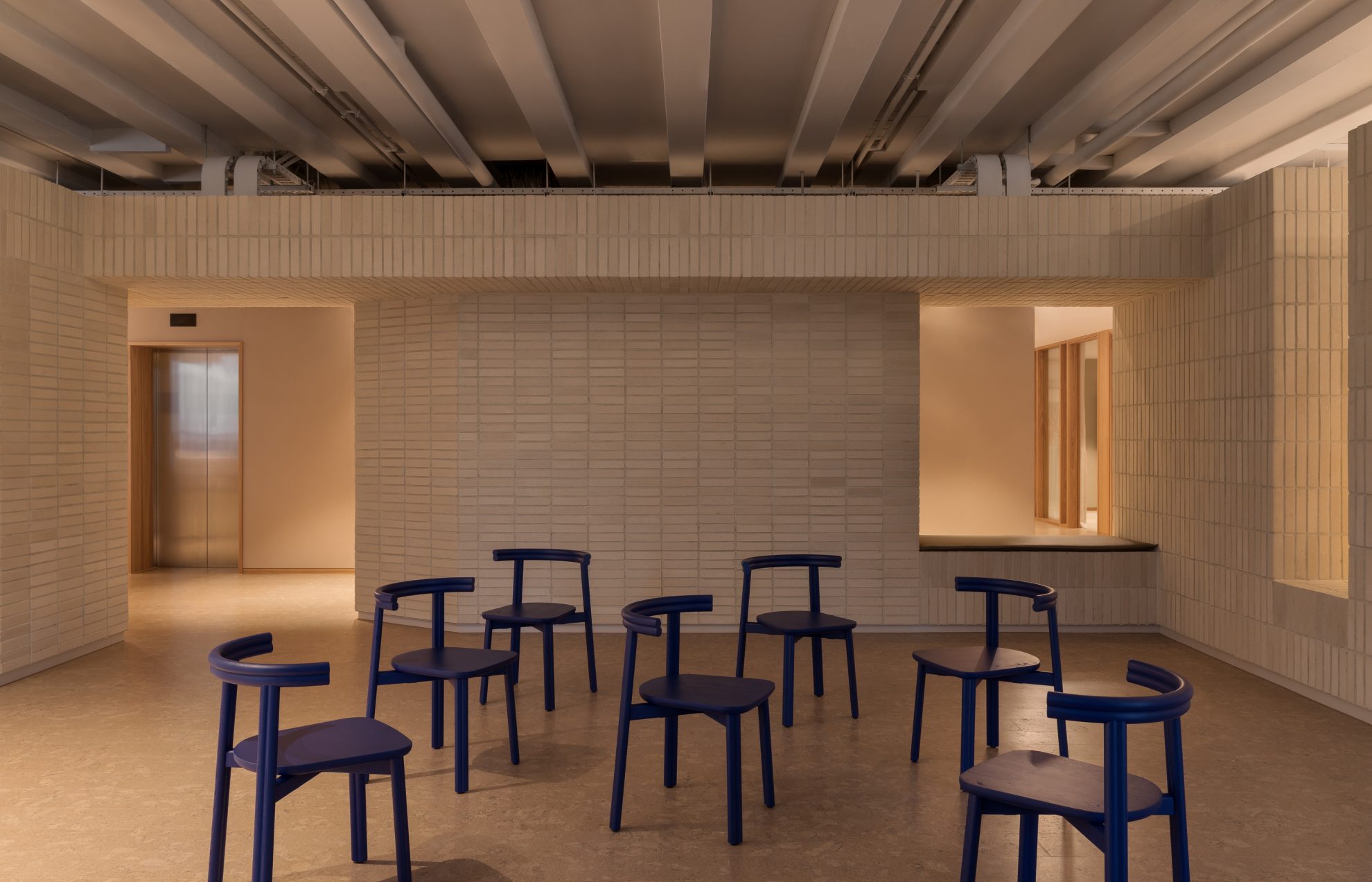
With buildings being one of the biggest contributors to global warming, the question is: how do we reduce this impact while preserving the essence of great design? While we’ve made progress in cutting operational carbon, embodied carbon—responsible for nearly half of a building’s lifetime emissions—remains a significant challenge. Tackling this will require radical shifts in how we design, build, and adapt our spaces.
COX’s Adelaide Studio fitout at Wyatt Street was developed to explore what’s possible in lowering embodied carbon. Through a detailed carbon and circularity assessment, the environmental impacts of the fitout were measured across its lifecycle, comparing its carbon savings to a typical fitout. The project sets a practical example of how thoughtful design choices can help reduce carbon emissions while maintaining the integrity of a space.
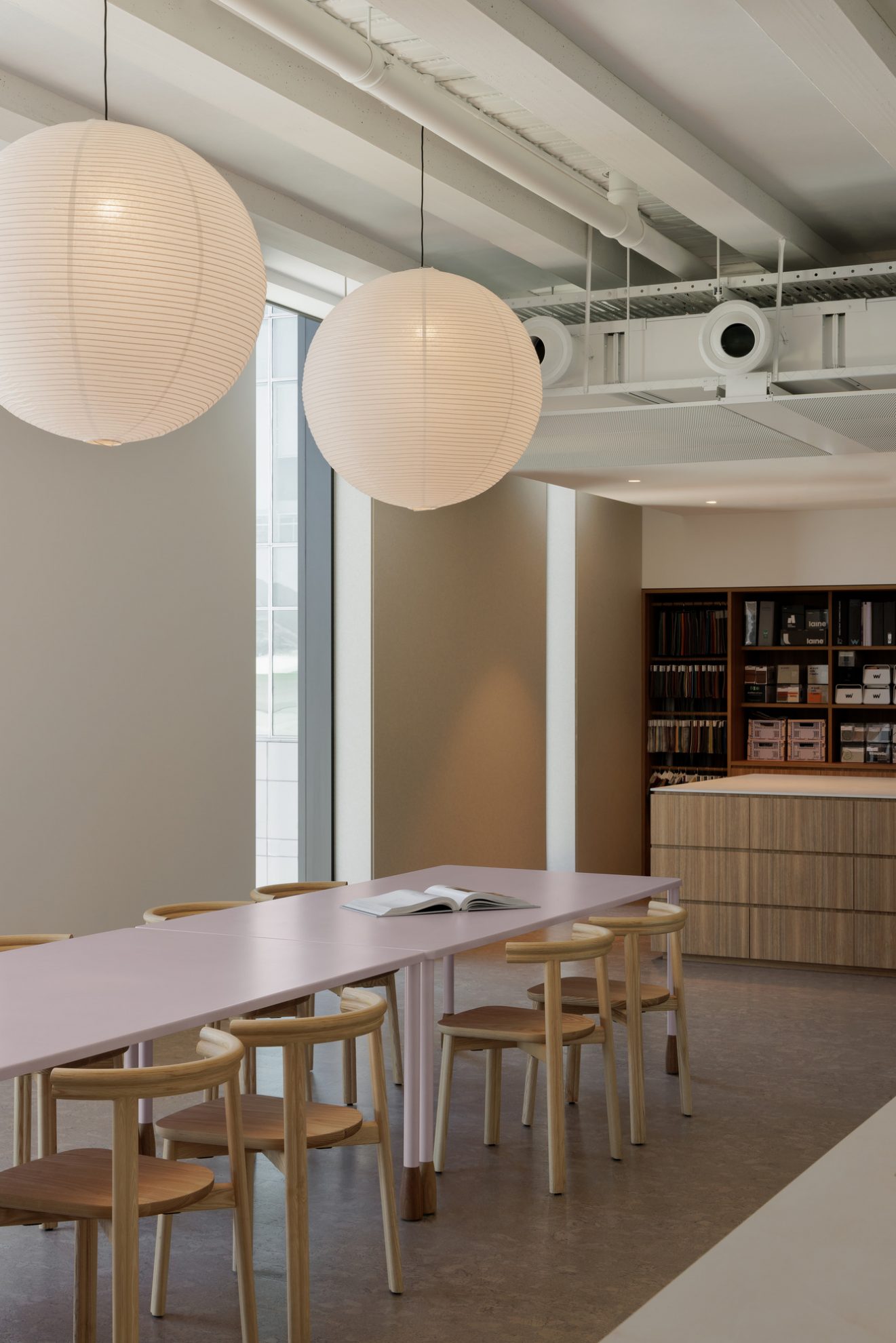
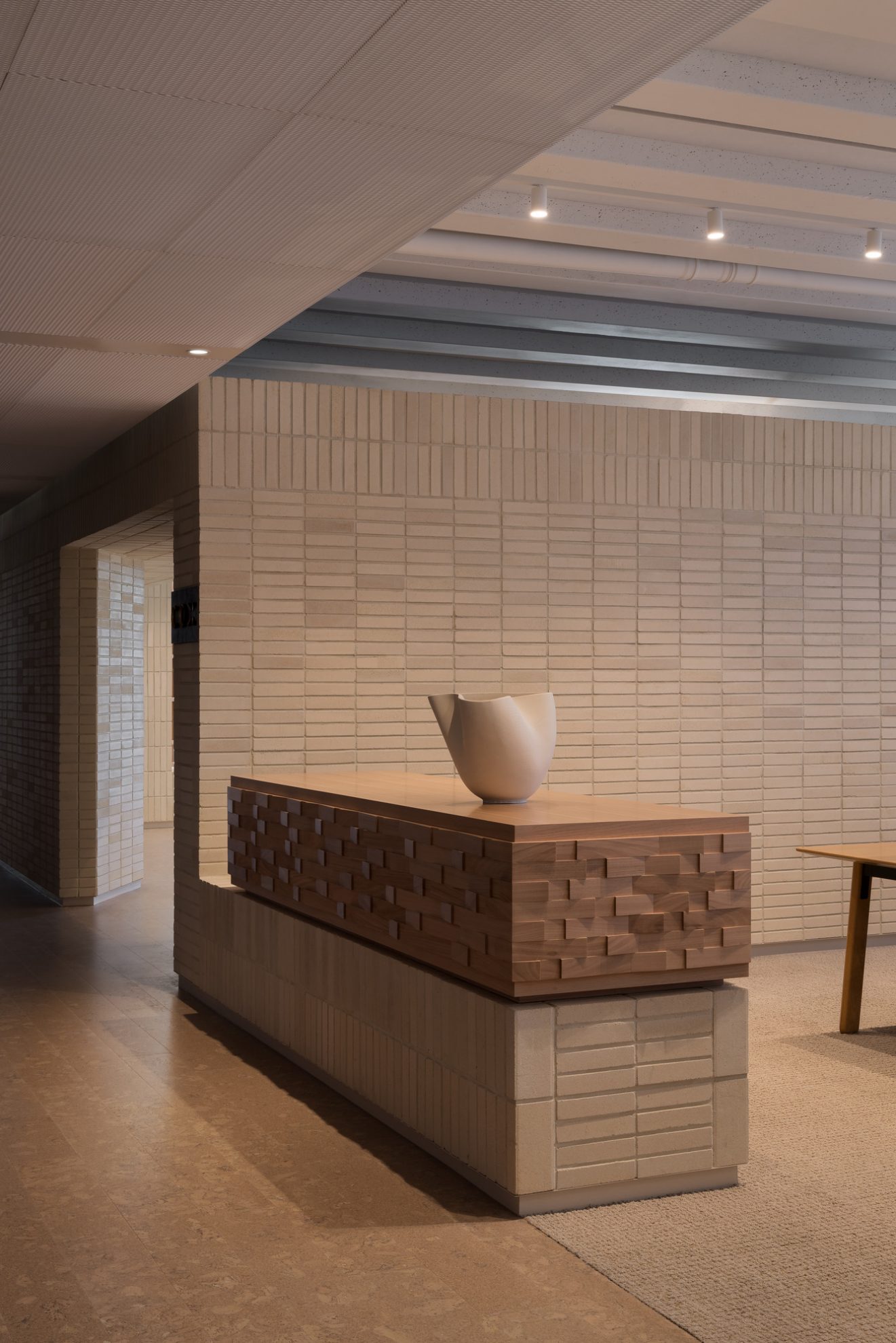
Outstanding Performance
The numbers don’t lie—COX Adelaide’s studio fitout slashes embodied carbon emissions to just 98 kgCO2e per square meter of lettable area. That’s a staggering 90% better than the UNSW ‘Race to Net Zero’ benchmark for typical Australian fitouts, which hovers around 1000 kgCO2e/m² when matched to the material and lifecycle scope of the assessment. In a world where sustainability is becoming non-negotiable, this achievement sets the studio apart as a leader in low-carbon interiors. Even when stacked against industry standards like The Footprint Company, which places embodied carbon for interiors between 75 and 300 kgCO2e/m², COX Adelaide remains on the low end of the scale. (Current benchmarks in the industry vary drastically and further data collection is required on benchmarking embodied carbon).
National Sustainability Lead, Joanne Andrade
COX is committed to reducing operational carbon emissions and a 50% reduction in embodied carbon across all projects by 2030, benchmarked against standard construction processes. Our approach to sustainability is driven by our values: Lead with Empathy, Do More with Less, and Create to Last.
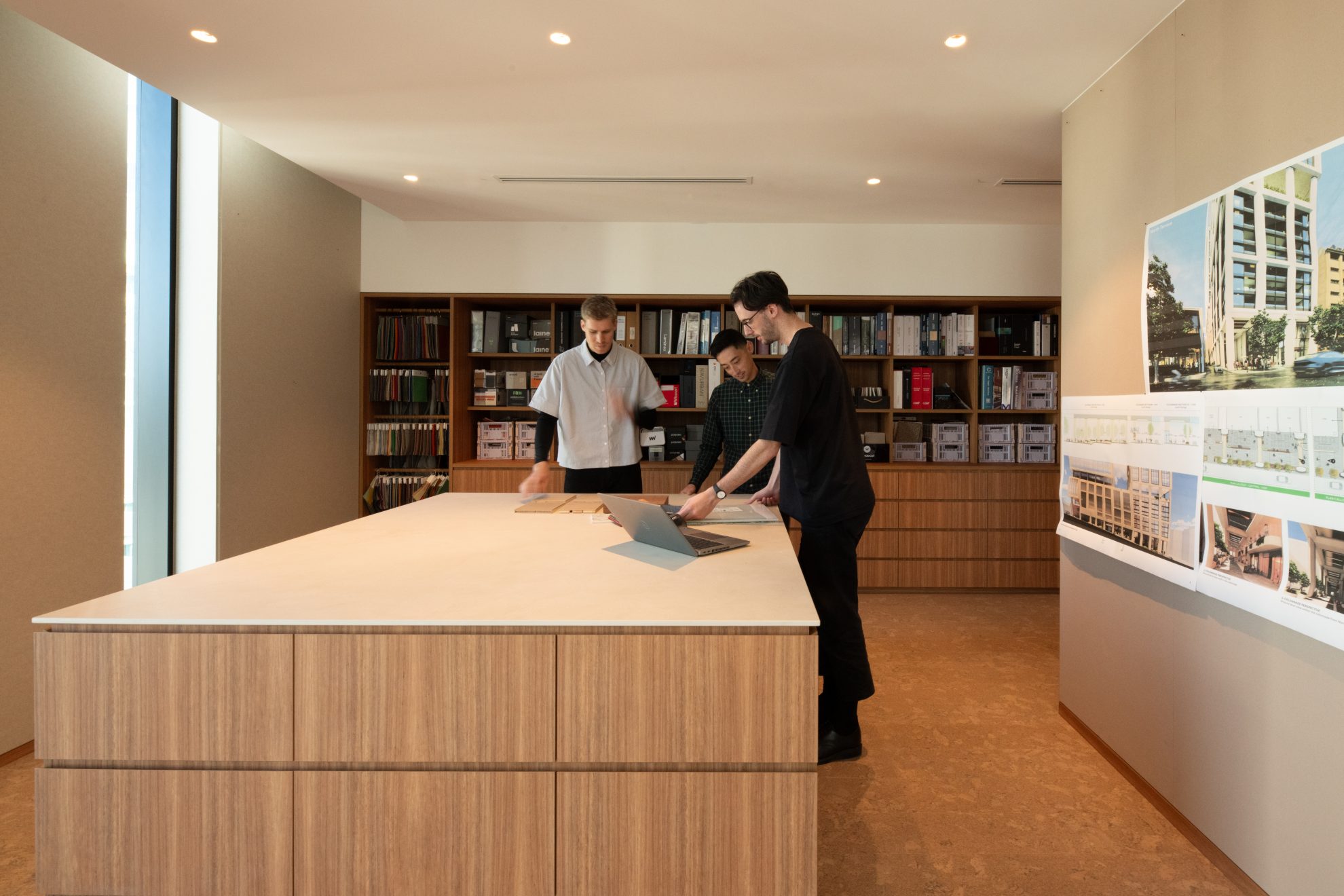
Smart Design for a Smaller Footprint
The secret to the studio’s success? Thoughtful material choices. Renewable cork flooring and recycled interface carpet tiles bring not just style, but a significant sequestration capacity, locking away more than a third of the total 65 tons of CO2 equivalent emitted. COX also minimised its use of high-carbon materials like steel and aluminium, opting for timber mullions and pre-finished MDF in its joinery. These choices aren’t just good for the environment—they’re reshaping how we think about interior design.

Circularity with Room to Grow
While the fitout scores 35% on the Building Circularity Score, there’s more work to be done. Despite the use of recycled and renewable materials, a significant portion is still slated for landfill at the end of its lifecycle. Our next challenge? Developing design-for-disassembly templates that facilitate the end-of-life deconstruction of our projects, maximising material circularity. By embedding disassembly planning into our designs, we’re aiming to set new standards in material reuse and lifecycle sustainability across all future projects.
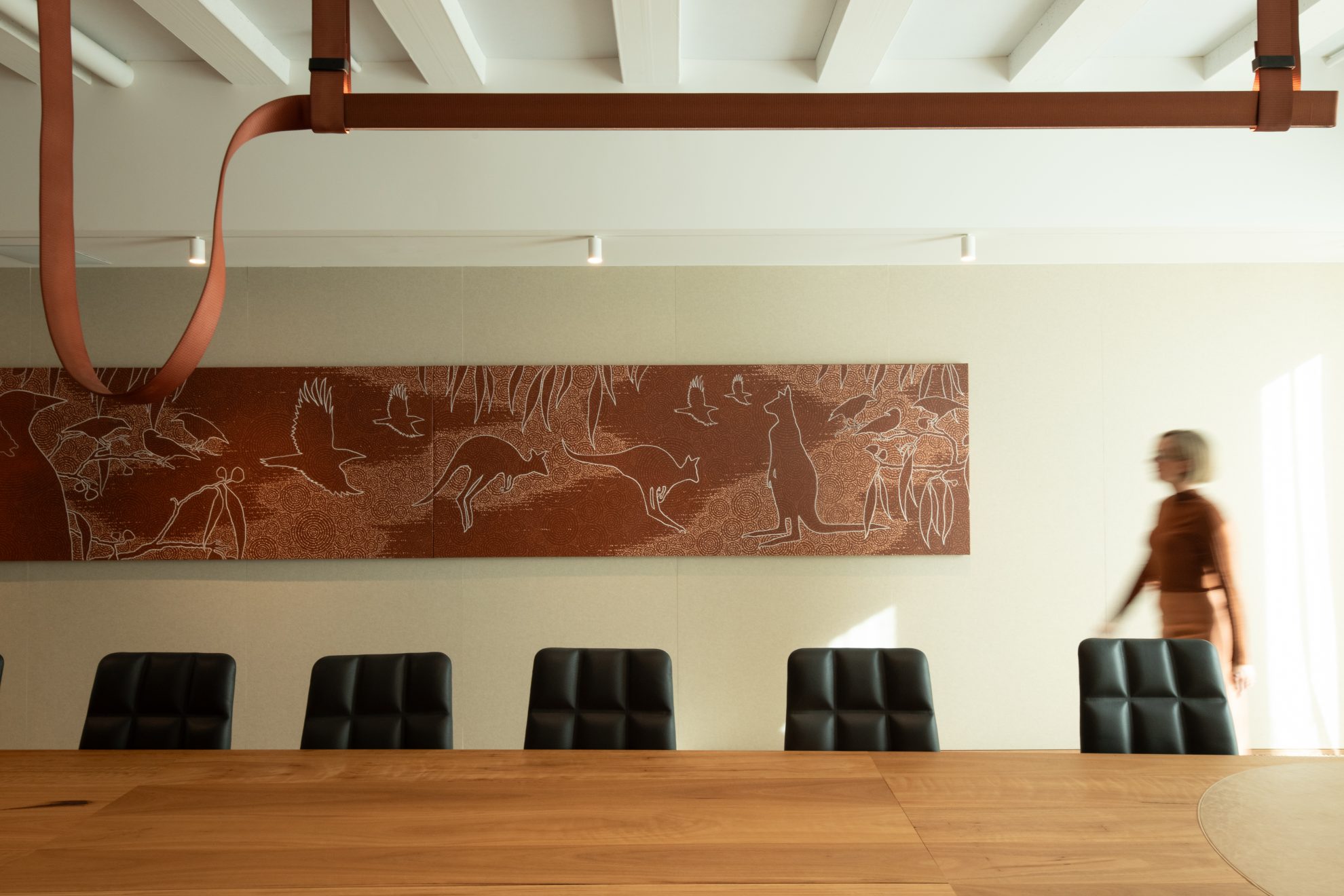
A Blueprint for the Future
This isn’t just a case study—it’s a blueprint for the future. With the Adelaide studio fitout, COX is showing what’s possible when you prioritise sustainability without sacrificing style.
COX Director, Zoe King
The world of architecture is evolving – great design can—and should—leave a smaller footprint.
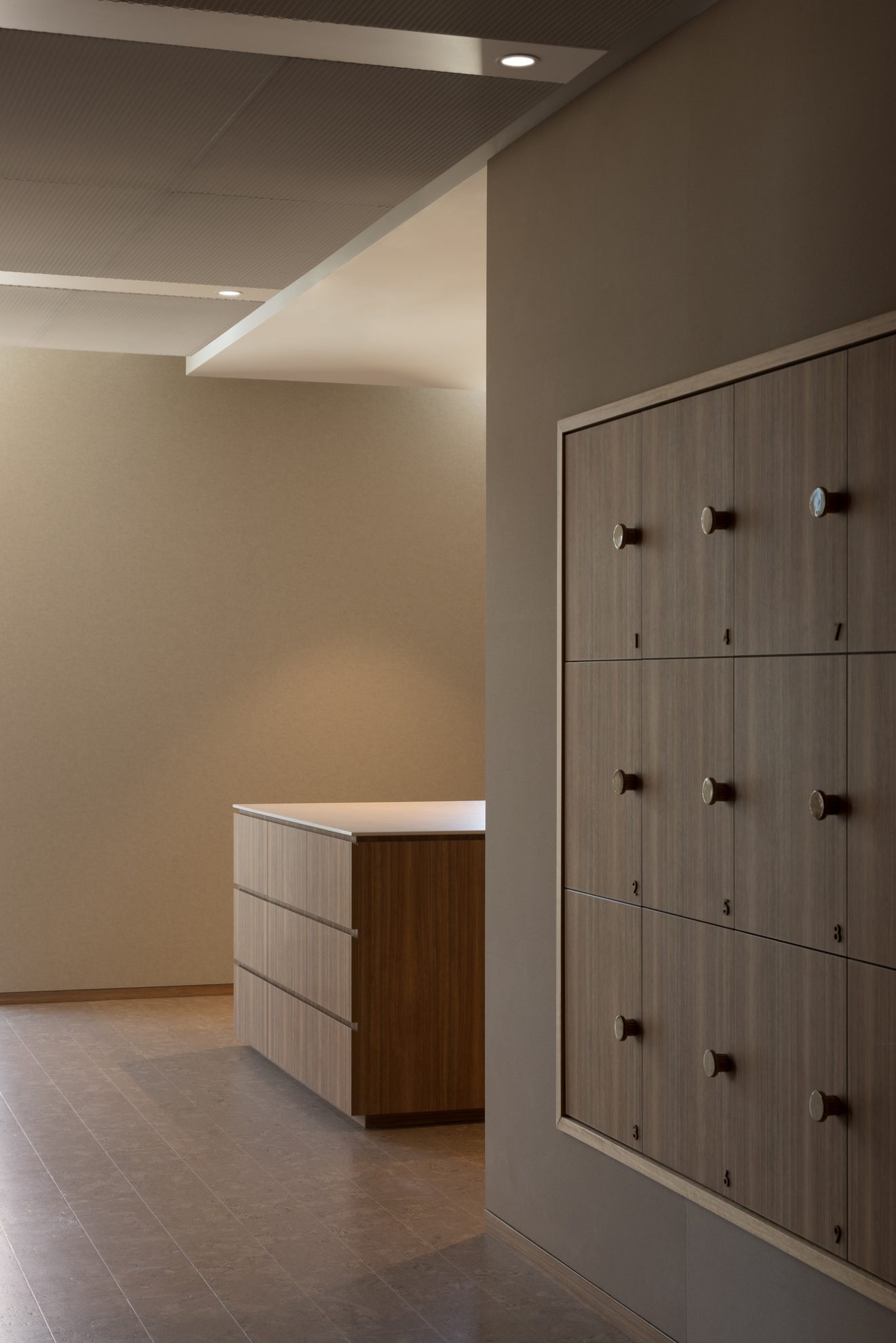
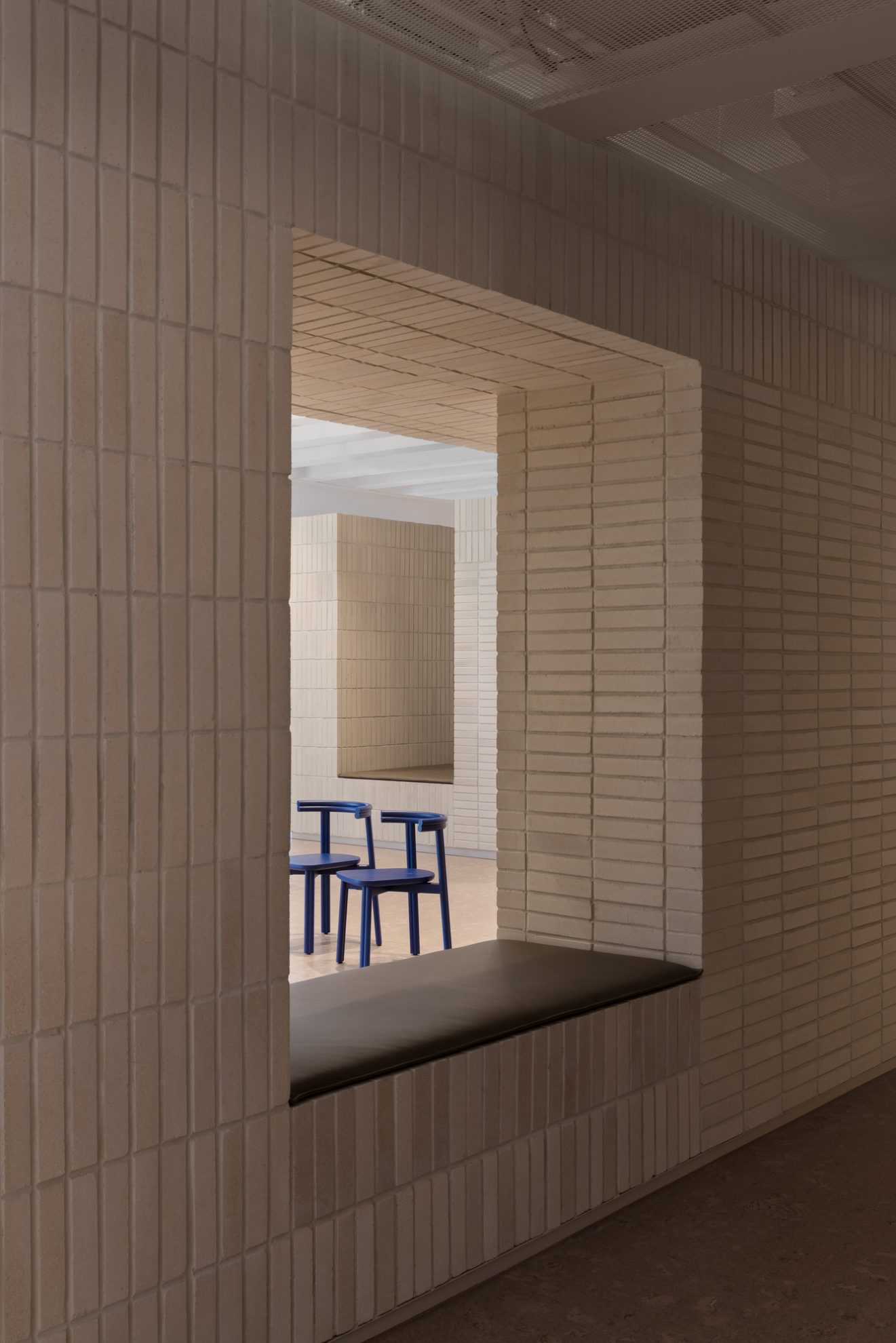
The Adelaide studio follows in the low carbon footsteps of the Sydney studio fitout which achieved excellent carbon reduction in the analysis run last year. The analysis showed a 88% reduction in carbon when compared to the UNSW ‘Race to Net Zero’ benchmark, and additionally factors in demolition works.
Read the full report below.